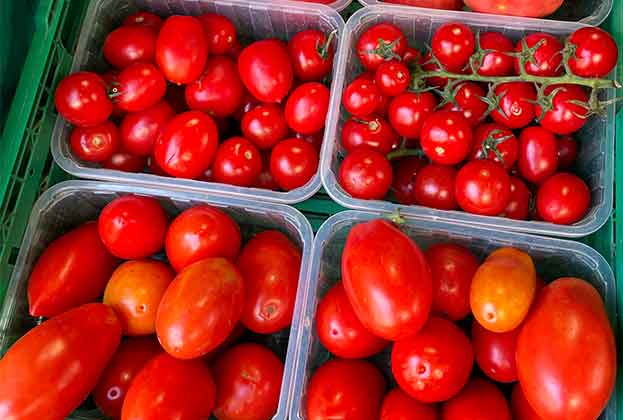Winners and losers emerging from fragmented market
Investment in the grocery market proved to be more resilient in 2023 compared to other commercial real estate as Europe grappled with historically low transaction volumes. Grocery investment in Europe reached €6 billion in 2023, a 19% decline year-on-year (YoY) and a 28% decline on the previous five-year average. In comparison, the total investment volume in Europe declined by 42% YoY and was down 44% on the previous five-year average. In the first two quarters of 2024, European grocery investment has reached €2.7 billion, 20% down on the same period last year and 31% down on the previous five-year average. Though there are now signs of recovery, as grocery investment recorded a 9% YoY increase in Q2 2024, reaching €1.2 billion, while total investment was down 14% YoY.
In 2023, Germany and the UK were the only two markets reporting an increase in annual investment volumes. In Germany, the transaction volume was driven by two large portfolio transactions. The acquisition of the X-bricks properties by Slate Asset Management (188 properties; €1 billion) and the Royal Blue portfolio (76 properties; €240 million), in which Aldi Süd bought over seventy of its own stores from Allianz. In the UK, the sale of the Sainsbury’s Reversion Portfolio (26 properties; €960 million) from Supermarket Income REIT to Sainsbury’s following a sale and leaseback significantly boosted investment volumes.
In the first two quarters of 2024, Spain, Italy, France, Norway and Portugal all reported YoY increases in H1 2024 grocery investment volumes. The volatility in the grocery market means that those who see positive investment growth one year may see negative growth the following year. In Italy, the €155 million sale of a 13-asset portfolio significantly boosted investment in H1 2024.
Investor interest in the grocery market remains robust, driven by strong fundamentals that have been further emphasised by the pandemic and the cost-of-living crisis in Europe. The essential nature of groceries has underscored the sector’s defensive and resilient qualities over recent years. Additionally, the economic uncertainty environment of the past 18 months has led investors to focus on assets that offer high returns through strong profit growth and favourable supply and demand dynamics. The stability and longevity of income streams from supermarket assets make the grocery market an attractive option for investors seeking long-term revenue.
However, despite being a desirable asset class, investment in the grocery market is highly fluctuating. This is notably due to a limited supply of available stock and the large share of M&A and sale and leaseback transactions in the market, resulting in large fluctuations in investment volumes.
Margin pressures over the past few years have created clear winners and losers, with some retailers able to shield themselves from rising costs better than others
Georgia Ferris, European Research Analyst, Commercial Research
A notable trend noticed over the past 18 months is the buyback of stores by retailers through sale and leaseback agreements, as seen with the large Sainsbury’s portfolio. Major supermarket property portfolios are often owned by the retailers themselves, and sales and leasebacks allow investor-landlords, like Supermarket Income REITs, to increase their market exposure. Retailers sell these assets to bolster their balance sheets, and current market pricing makes it an opportune time for them to repurchase their properties. Sales and leasebacks have become more prominent as they provide retailers with an efficient way to raise capital amidst high debt costs. By acquiring their locations, retailers secure their sites and mitigate potential rental price increases.
The grocery sector is fragmented, comprising both large and small players. Margin pressures over the past few years have created clear winners and losers, with some retailers able to shield themselves from rising costs better than others. As the larger players become more active, mergers and acquisitions are expected to continue, boosting investment as investors seek to consolidate their portfolios and expand their market presence.
Read the articles within Spotlight: European Grocery Market 2024 below.
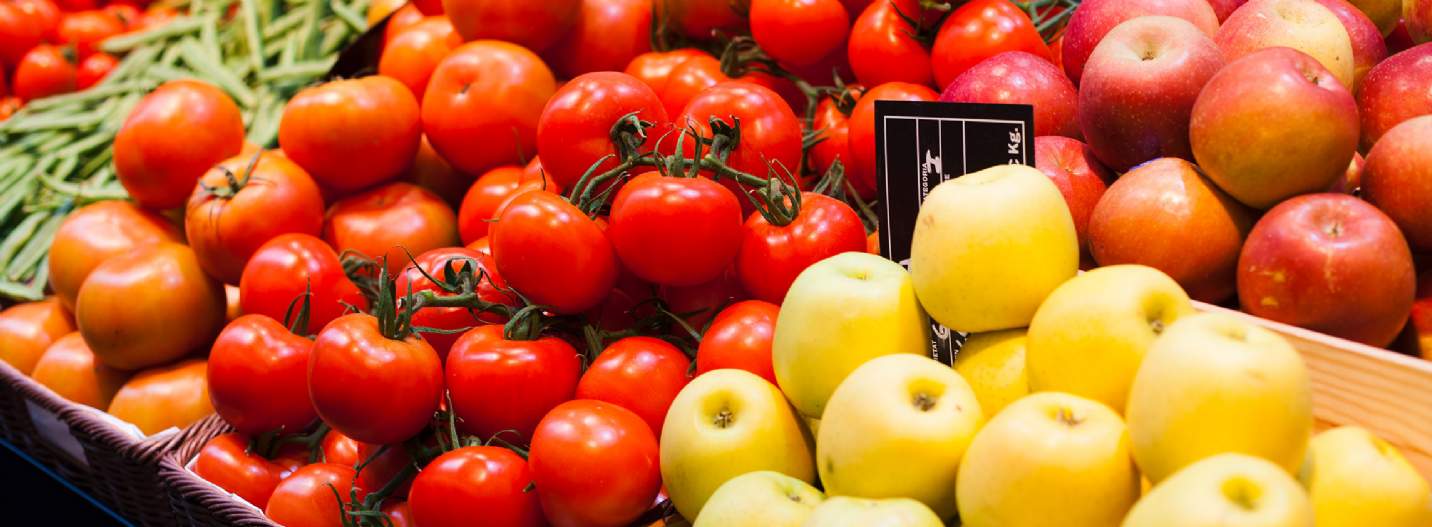
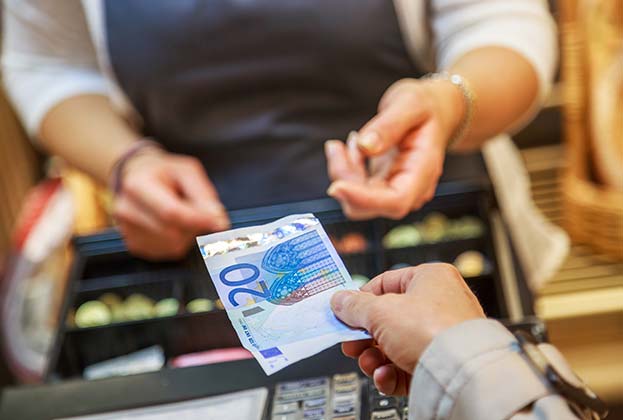

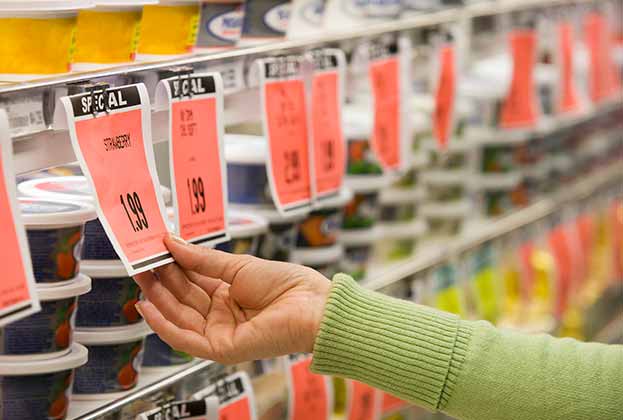

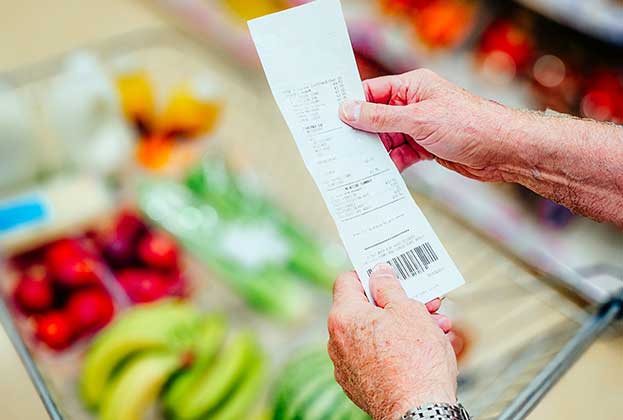
.jpg)
